
OR
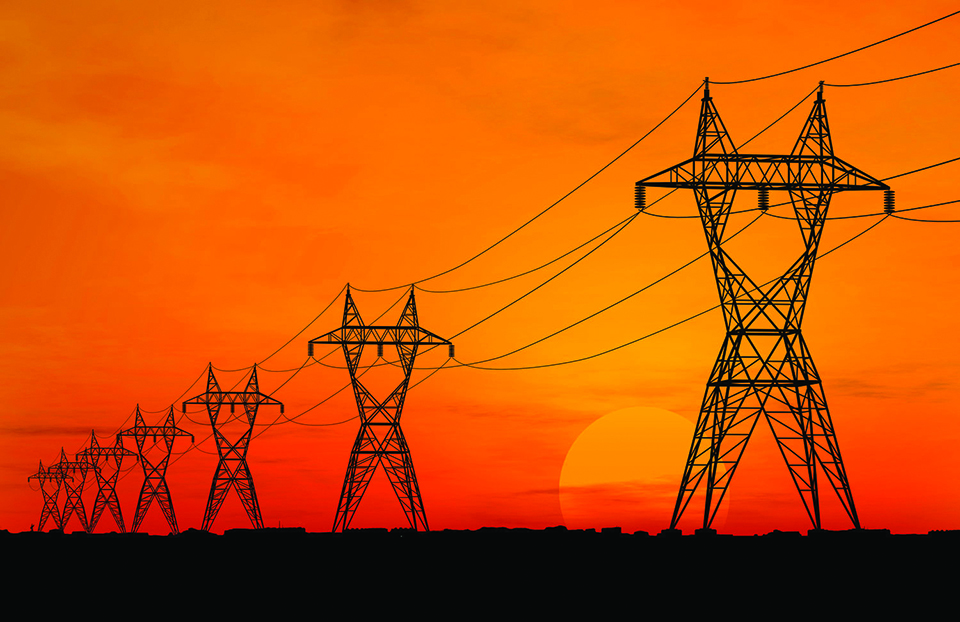

Aashish Chalise
The author is CEO of Saral Urja Nepal (SUN), an energy services companynews@myrepublica.com
Why should we wait at least ten years for a storage hydro to be ready? If environment is conducive, private sector is ready to launch rooftop revolution
Disruptions from Distributed Renewable Energy (DRE), digital technologies and opportunities for peer-to-peer transactions are challenging the business models of power utilities around the world. Nepal is no exception. Power utilities adapting to these “disrupt or be disrupted” phenomenon is emerging as the winners. This disruption offers Nepal Electricity Authority (NEA) an opportunity to leapfrog into a modern utility.
Past few decades have shown us the importance of adapting to changes. Companies like Kodak, Nokia and RIM that could not keep up with the changes have gone obsolete. Such companies, that were once the face of innovation, struggled due to their lack of vision to foresee the disruptive changes. The power sector is going through a similar stage of change and power utilities all over the world are on the spotlight. Renewable and digital disruption has put immense pressure on power utilities to change. Technology change alone is not enough. Utility providers need a 360-degree overhaul of operations and business models.
Traditionally, utility business model has been predictable and risk free. It is safeguarded by long term infrastructure investment and suitable regulatory milieu, resulting in captive customers without alternatives. Utilities were the sole providers of power. But in the recent times DRE, behind the meter storage, net metering systems and data analytics capacity have added an additional layer of complication (opportunity) for the utilities. Now the customers have a choice. And in some instances these choices are more reliable and cheaper.
Changing paradigm
An urban customer can fully go off grid and manage its own power supply or be an exporter of energy. Utilities are used to one dimensional consumer. In today’s context the consumer has become a prosumer, one that is capable of bidirectional energy management. Utilities are also behind in utilizing the biggest power of our times, the power of data. Data analytics could help utilities better understand customer needs and manage demand in an efficient manner to optimize profit.
A combination of cleantech, fintech and Internet of Things (IoTs) is transforming the energy world. Power utility is the fourth element in this dynamic disruptive force. Whether they want it or not, the change is coming, and it is coming faster than anticipated. Most power utilities around the world have embraced this new norm. They have accordingly started planning and implementing infrastructure, operational and business model changes to cater to the changing eco-system. A customer-oriented approach is a must now, it is no longer sales of commodity, it is sales of service. The change should be contagious around the world.
In our part of the world, the feeling from the utilities is that of resentment, unlike other utilities that are now adapting to the disruptive changes. A sense of fear is in the air, a fear of change and a fear of being redundant. Rather than looking at it as an opportunity to better manage utilities and provide better service to their clients, the inevitable disruption is seen as a threat.
I heard a very young entrepreneur from the Philippines at Asia Clean Energy Forum (ACEF) in Manila this past week. He said, if utilities are unwilling to change, there will come a time when innovative energy companies will buy utilities. Though far-fetched, we might witness it in our lifetime especially in the Indian subcontinent.
India is making forward strides in renewable energy deployment. It has set a mammoth target of 175GW by 2022 of which it has already achieved 62GW (35 percent). Of the 175GW target, 40GW was set for rooftop solar. Only 1GW (2.5 percent) of roof top solar has been deployed till date. Why is there such a huge difference between large scale grid connected solar achievement versus small distributed rooftop achievement? The key is the fourth element, the power utilities.
Power utilities have made it as hard as possible for people to connect their system to the grid. The application process for net metering is so gruesome and lengthy, only a very few are willing to go through with it. Power utilities fear their customers becoming their suppliers.
The primary argument presented by power utilities against DRE is of technical issues, intermittencies and failures. A recent grid integration study in Nepal was used to argue that only 10 percent DRE/RE could be injected to the grid without hampering critical technical indicators and components.
I would like to differ. In Germany, studies have shown that even 150 percent of DRE injection has been successfully accepted by the grid, not even a smart grid. This could be because Germany’s transmission infrastructure is well connected with the rest of the European grid. But a more recent study communized by GIZ of DRE integration in Delhi showed that up to 75 percent of DRE injection was well absorbed by the grid without additional investment in distribution infrastructure. The DRE injection did not make the system go out of voltage range and all other indicators remained stable. Only injection of greater than 75 percent resulted in some bounds for parameters being breached.
Nepal’s case
Nepal presents a unique case. It is well poised to plan and implement its energy strategy. It is in a nascent stage of growth. It does not have any coal or gas generators that it must replace. It has one monopolistic state-run utility which can easily adapt to changes, if it wanted to. Last year Nepal purchased 2,175 GWh (billion units) of electricity from India, approximately 50 percent of total consumed in the country that year. The sole utility company, NEA reported net loss of 978 million Nepali rupees. With Transmission and Distribution (T&D) losses at 25 percent, the net loss figure is very believable. There is no real time data that NEA can track, no fiber optic cables, no remote monitoring facilities. Without data analytics, it is impossible for NEA to take instantaneous decisions to better manage supply and demand.
With over million roofs in Kathmandu alone, more than a GW of electricity could be generated from roof top solar systems. To manage peak load, distributed storage systems could be implemented which could be either after the meter or before the transformer. Why should we wait at least ten years for a storage hydro to be ready? If the environment is bit more conducive, private sector is ready to launch a roof top revolution. Why are they underestimating the power of DRE? With hydro as our main source of electricity, we are technically well controlled to implement a huge percentage of RE. Hydro is considered the most flexible of all energy sources compared to coal, gas or nuclear when it comes to ramping, startup time and integrating intermittent electricity generation into the grid. The main source of energy being very flexible is a key factor to increase RE in the energy mix.
We are at the threshold of building a new Nepal. To build it, a massive supply and management of energy is essential. NEA needs all the backstopping and support from private sector, government and development partners. It needs injection of fresh talents with innovative ideas, not only electrical engineers but also software engineers, block chain developers, management experts, customer service people, people who can drive change. A work force which is visionary and who will lead us through our journey of prosperous Nepal, driven by technology.
NEA is at the forefront of catalyzing Nepal’s transformation. NEA needs to be the medium through which all energy providers, whether that be hydro power, RE, DRE or any other source of energy, can contribute to power Nepal’s development movement. NEA need not fear new technologies. It needs to welcome it with arms wide open. Without the fourth element, the energy revolution will be incomplete.
The author is Chief Executive Officer at Saral Urja Nepal
You May Like This
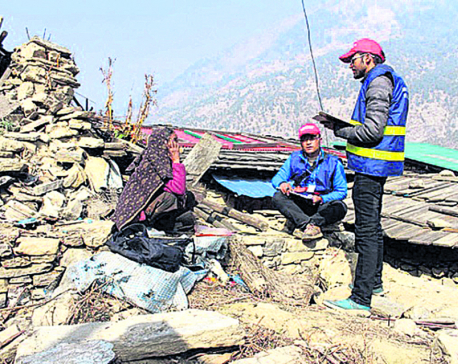
Over 20,000 quake victims might have to spend fourth monsoon under tents
SINDHUPALCHOWK, June 22: Even the government authorities do not have the exact details of the reconstruction of quake-damaged houses in Sindhupalchowk,... Read More...

England make slow progress on tense fourth day
LEEDS, August 28: England edged to an 82-run lead at lunch on the fourth day of a fascinating second test... Read More...

Ronaldo awaits fourth Ballon d'Or coronation
Come 8 p.m. (1900 GMT) on Monday, what looks to be a poorly kept secret will officially be out --... Read More...


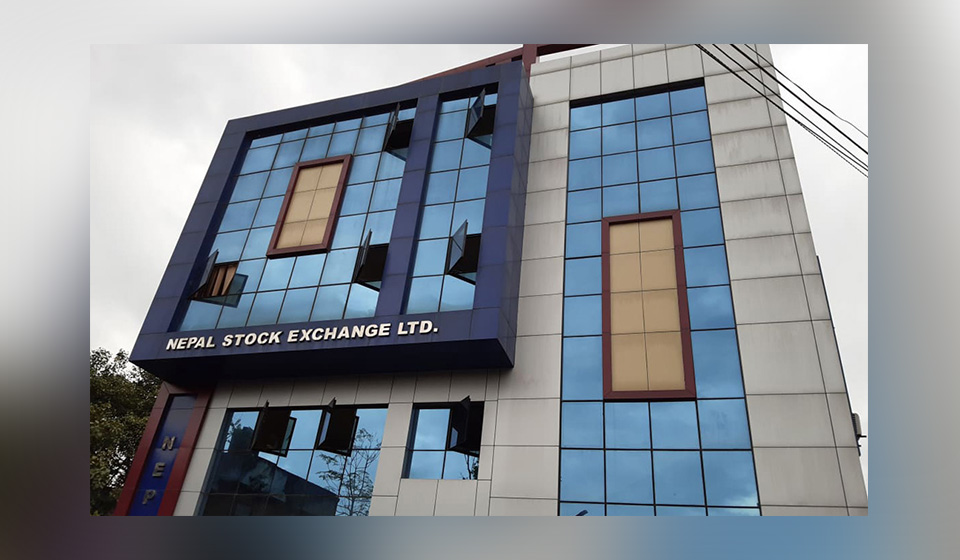



Just In
- Construction of embankments along seven streams begins in Kailali
- 265 cottage and small industries shut down in Banke
- NEPSE lost 53.16 points, while investors lost Rs 85 billion from shares trading last week
- Rainbow tourism int'l conference kicks off
- Over 200,000 devotees throng Maha Kumbha Mela at Barahakshetra
- Indians vote in the first phase of the world’s largest election as Modi seeks a third term
- Kushal Dixit selected for London Marathon
- Nepal faces Hong Kong today for ACC Emerging Teams Asia Cup







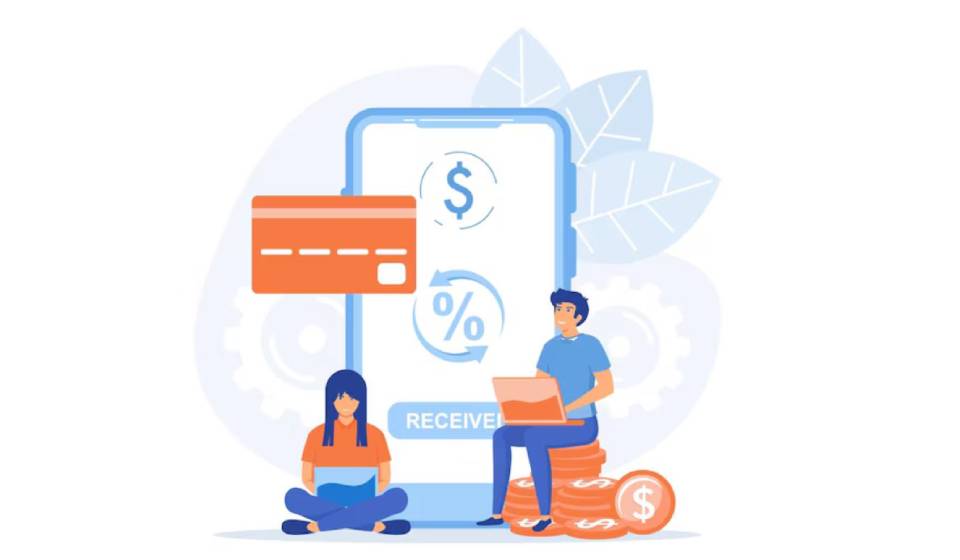

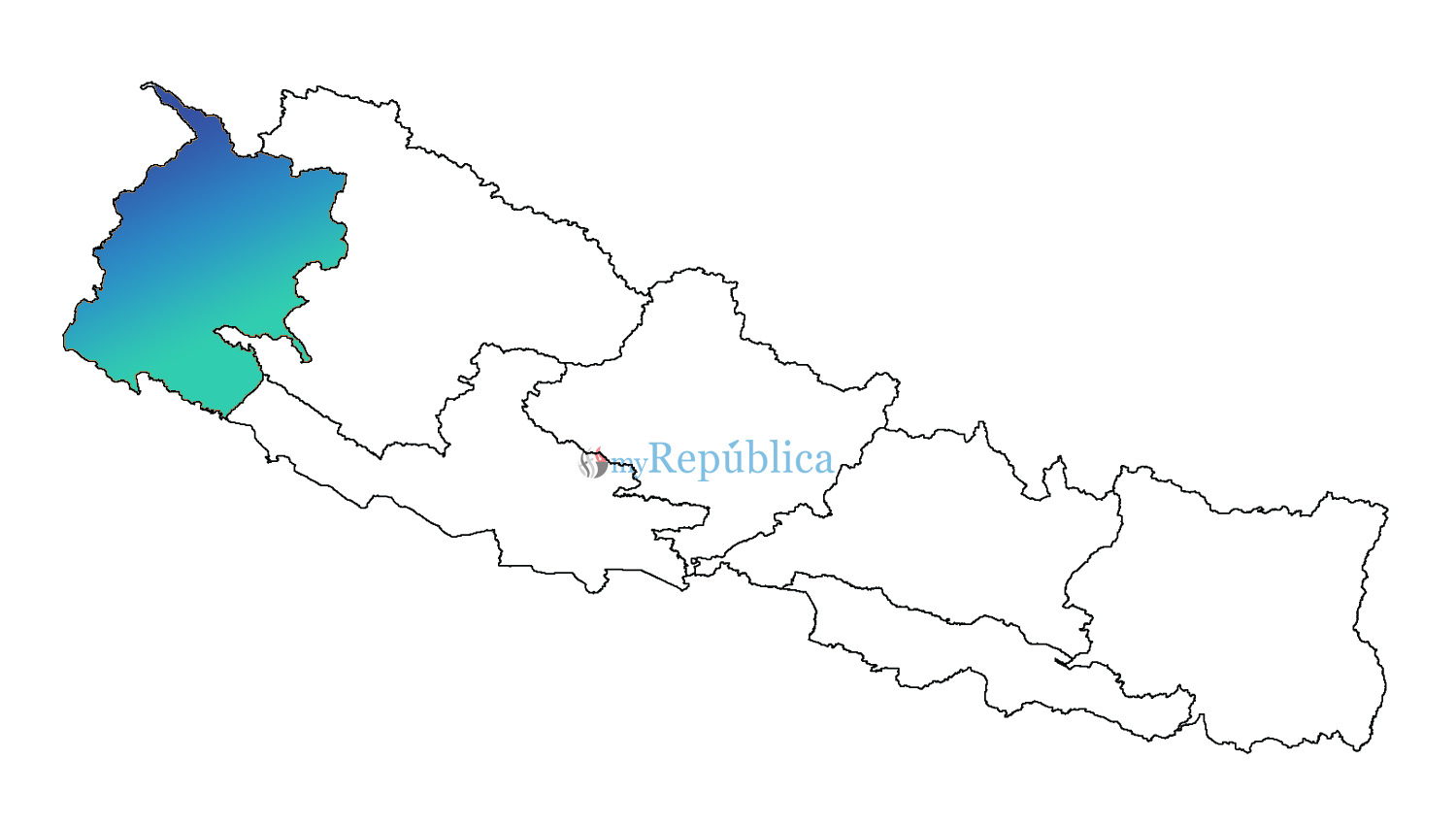
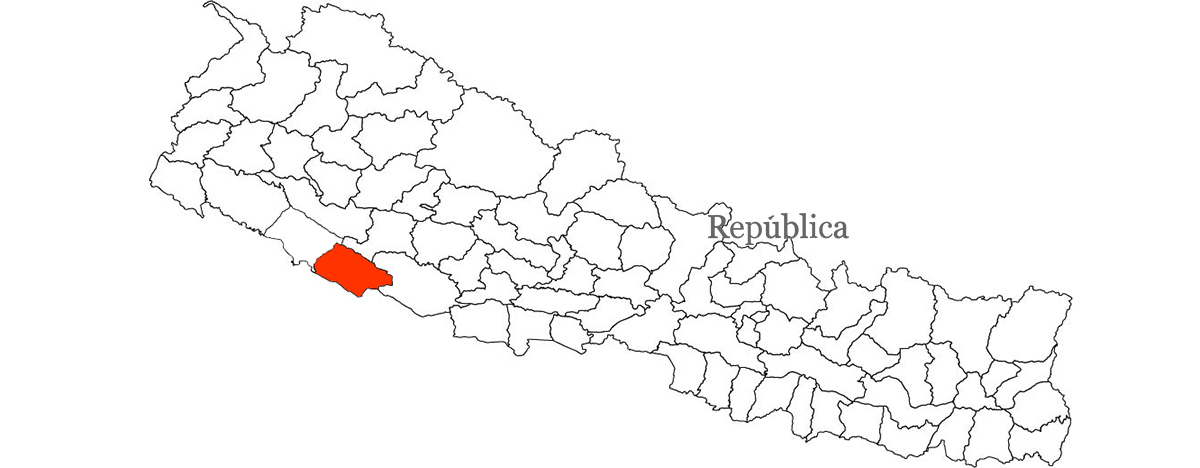
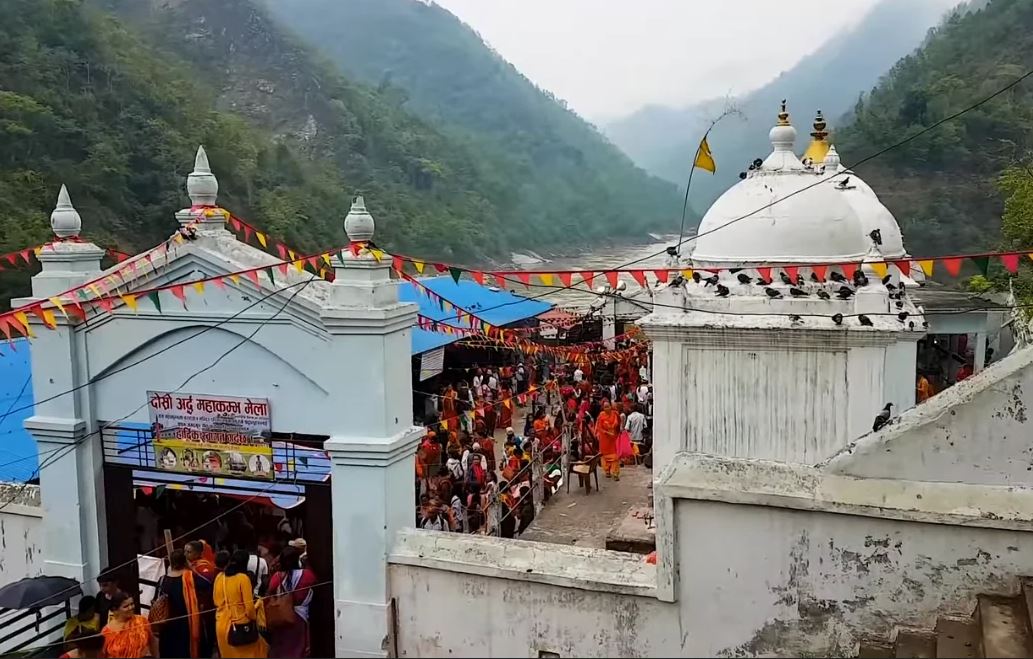

Leave A Comment